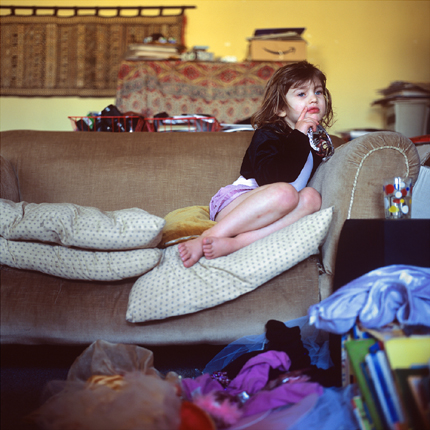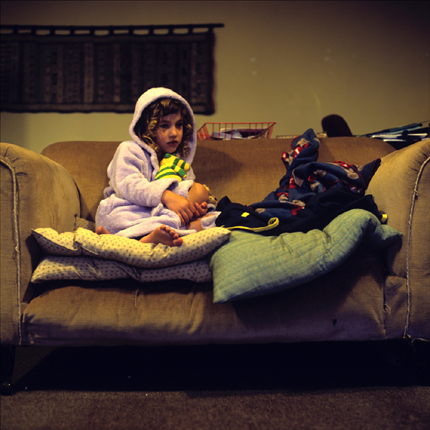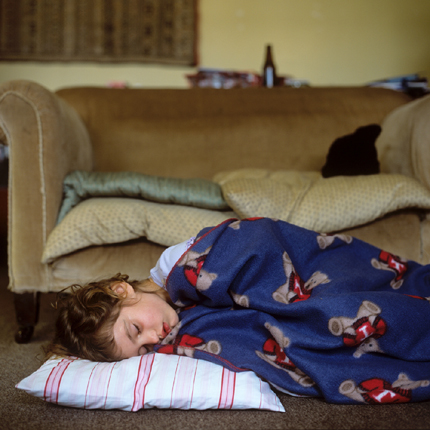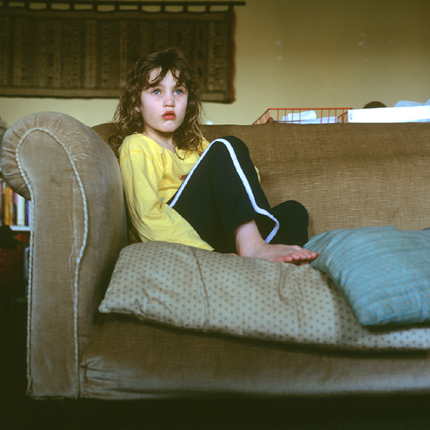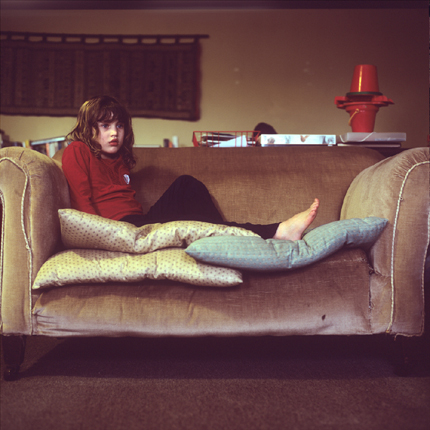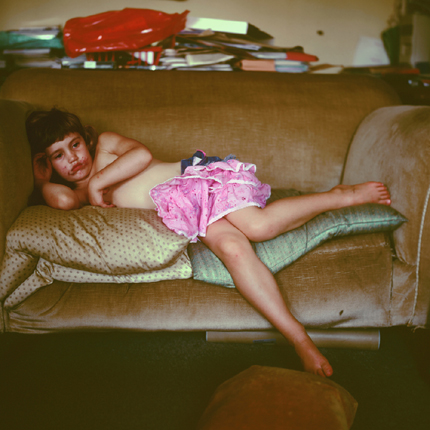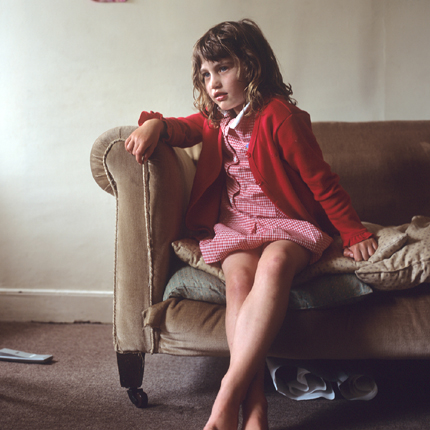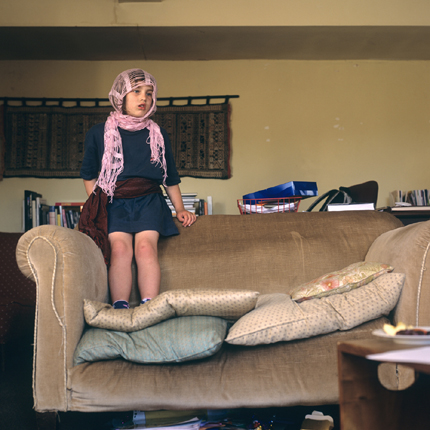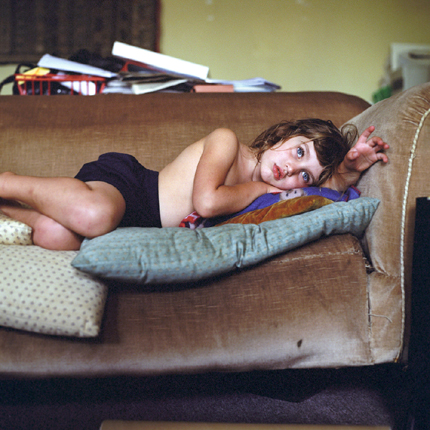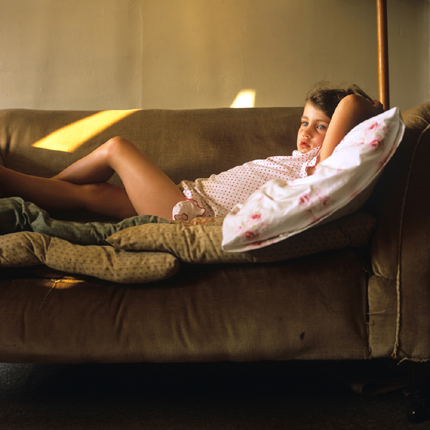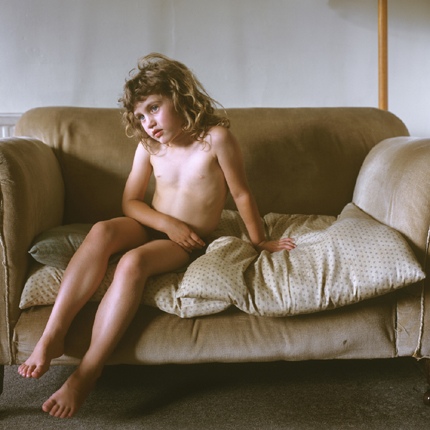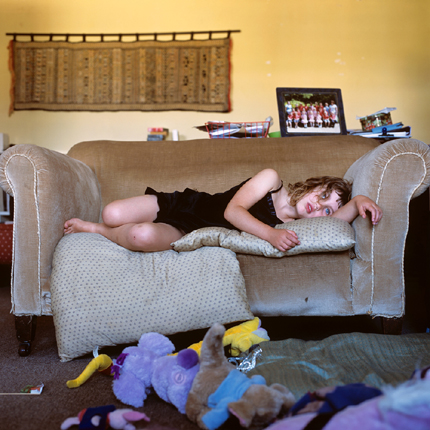My daughter Isabel didn’t like television when she was little.
As a baby, she sat in her high chair and watched whatever we did. The news mostly. She witnessed 911 and the Afghanistan war while eating mashed banana and sieved peas. Later, when she was old enough to choose programmes for herself, she was particular about what she would watch.
She didn’t enjoy regular children’s television shows; they were filled with unpredictable emotions, bad guys, monsters and other scary images she was not ready to embrace. Instead of contemporary children’s television, she chose DVDs and videos of classics like The Clangers, Pingu and then movies. The Jungle Book, Winnie the Pooh and the first half of the Sound of Music (before the Nazis kick in) were her early favourites.
She watched those films from the sofa and retreated to the fantasy world of her choice. Mostly she watched when she was tired, putting her high-energy body on pause while her mind ran away with Pingu or Baloo. Mentally she was in a colourful world that was outside herself but at the same time safe and within her control. It was a world where she could let her imagination run free.
Virginia Woolf wrote that a woman needs a room of her own – a place to think, write and create words. In the same way, a child needs a room of her own, or at least a place where she can be free to be who she wants to be, where her day isn’t regulated away into a series of lessons and organized activity. Isabel has never had a heavily regulated life, but within the British culture of education it is regulated enough. In a small way, the sofa Isabel watched television from was an escape from all this. It was a room of her own, the place where she could wear what she wanted, lie and stretch and sit with comfort her only thought.

